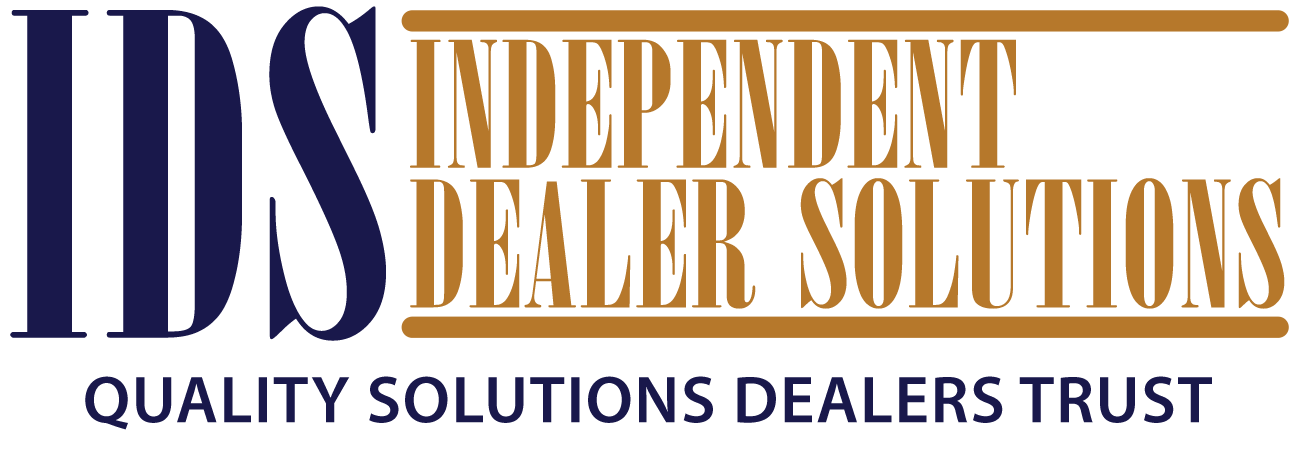CECL IS CALLING; YOU MUST ANSWER NOW!
The AICPA passed a new credit loss measurement standard (called “CECL”) which requires your implementation effective January 1, 2023, for BHPH operators who carry financial instruments (receivables). The new requirement was issued in Accounting Standards Update 2016 – 13 – Financial Instruments – Credit Losses (Topic 326) and its initial implementation was deferred until 2023. This new standard applies whether the financial instruments (like BHPH installment contracts) and lease receivables are carried on or off the balance sheet. Under current accounting standards (GAAP), credit losses must be recognized when it is probable a loss has been incurred. The new standard requires that bad debt reserves on receivables also include expected credit losses in the future, which changes the approach under which they are recognized and measured. Another significant change under the new standard is that future loss estimates must be based upon reasonable and supportable forecasts over the entire life of the receivables. In the BHPH auto finance industry this requires you to have historical metrics like static pool, loss to liquidation, CRR, and default rate data to support such estimates.
It is also important that BHPH operators have these metrics to validate portfolio performance in order to borrow money from capital providers in a highly competitive environment. Financial institutions have implemented the new standard in 2022 so they will require you to comply in 2023. The new loss measurement standard will change the way third parties value your portfolios in the future. It is a true “game changer”.
BHPH operators should immediately develop the data needed to comply. It will impact your existing borrowing relationships, loan covenants, and financial results when GAAP financials are presented. Any increase in your reserve for credit losses from adopting the new standard will initially result in a reduction of equity which is not deductible for income tax purposes. Installment contracts originated after January 1, 2023, will also require a corresponding life of loan loss reserve be established at origination which will negatively impact future earnings.
Given the immediate need to comply with the requirements of this new credit loss measurement standard, the following CECL implementation checklist will help you get started:
CECL Implementation Checklist
1. ___ Organize a professional implementation team including your CPA, lawyer, a data analyst, chief compliance officer and your lender. You will need all of them!
2. ___ Select your methodology based upon your credit loss history and the type and size of your financial instrument portfolio.
3. ___ Compile the data you need. How will you acquire any missing data? What supportive data do you have for economic and operating adjustments needed to your historical loss metrics?
4. ___ Apply economic forecasts to your methodology. How did the pandemic impact your portfolio performance? In 2022 how did increases in vehicle cost, inflation, higher interest rates, and larger amounts financed impact performance.
5. ___ Store and manage data inside your DMS system. Do you have adequate financial accounting and risk management systems to comply?
6. ___ Be proactive in aggregating and organizing data to improve your decision making. Pool and correlate data by collateral, loan type, Fico score, etc. Consider how your portfolio behaves and identify future opportunities.
7. ___ Ready to comply with CECL? Familiarize yourself with the requirements and determine if you have your process in place to comply.
8. ___ Make technology do the heavy lifting! If you delayed hoping the CECL standard would go away, start now! Evaluate your technology solution by assessing five factors: data management, methodology, reporting, integration and strategic guidance.
BHPH operators who do not currently have historical metrics (like static pool, loss to liquidation, CRR, and default rate calculations) should initially determine if such underlying data is available from your DMS provider and if it is credible. However, DMS data is only the initial information you will need. A variety of modeling approaches are possible but discounted cash flow, receivable roll rates, and portfolio vintage models are the most commonly used in the BHPH industry. Regardless of the chosen method, a range of data will be required including contract term length, interest collectability, amortization schedules, recovery rates, together with portfolio risk attributes and collateral information. Contractual performance data and portfolio risk attributes are the primary data requirements. In addition, the aforementioned attributes must be supplemented with economic forecasting information. The historical data which is needed will have to be sourced externally if it can’t be compiled internally in support of your own modeling approach.
In summary, operators are urged to coordinate with their financial advisor or CPA, and their DMS provider to begin the process. You are advised to estimate the expected financial impact of the new standard on existing financial loan covenants and discuss it with your lender to avoid future surprises! If you or your financial advisor need assistance with the items contained in the aforementioned checklist, please contact me.
By: Kenneth Shilson, CPA, President, Subprime Analytics
Kenneth Shilson, CPA, is President of Subprime Analytics (www.subanalytics.com) which provides computerized subprime portfolio metrics analysis using proprietary data mining technology. To date, the company has analyzed over 2.7 million subprime auto deals aggregating $27 billion. Subprime Analytics provides portfolio analysis, profit and cash flow enhancement studies and consulting services to operators and capital providers nationwide. Contact Ken Shilson by phone at 281-723-9508 or email at ken@kenshilson.com.
